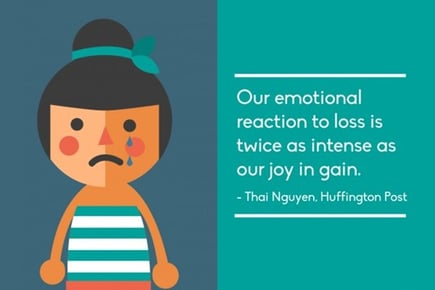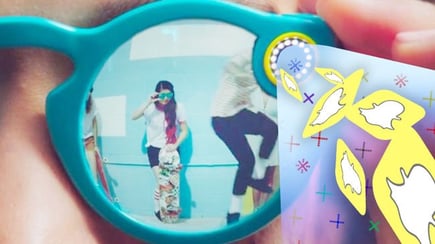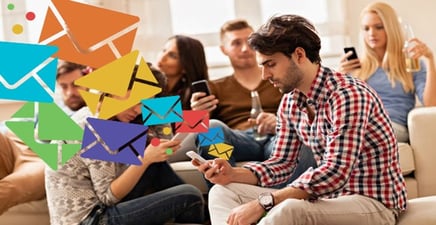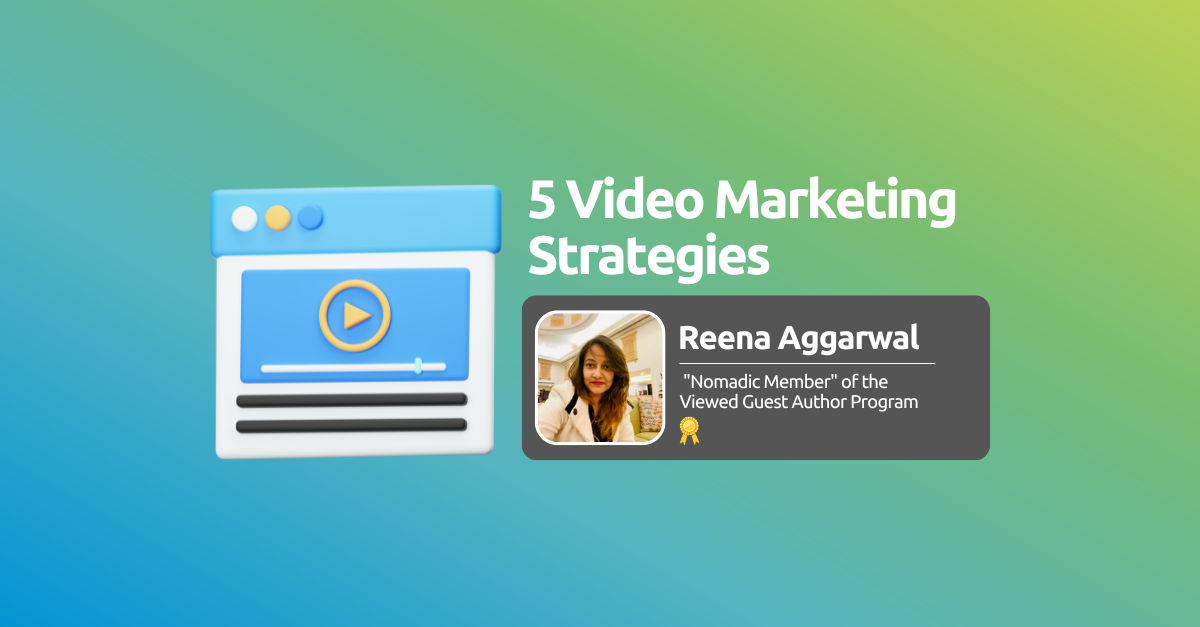It may sound like the title of futuristic film about an alien invasion but we’re not talking about the future. We’re talking about a demographic reality and, to a large extent, about a real invasion of potential consumers and ‘influencers,’ who should be considered as the target for your next email marketing campaign.
Millennials, those who are currently aged between around 20 and 35 (born from 1981 and 1995), are a huge mass of young people who are extremely interesting to businesses due to the large volume of business they can drive, estimated at around 1.3 million dollars a year according to the Boston Consulting Group.
They are considered digital natives, the first fully digital generation, since they were born into constantly evolving digital ocean. They understand the internet and communication channels better than anyone else and have taken to using them like a duck to water.
Sounding like a cover of the famous Spanish song “¿Y cómo es él?” (And what is he like) we ask ourselves, and what are they like?, where did they fall in love with your brand?, where are they from?, what do they spend their free time doing?...
It’s hard to answer these questions and all the design efforts of a digital marketing campaign must precisely be focused on them, because they have growing power and can make your brand navigate successfully, relaunch it or, on the contrary, sink it!
“I’m loving it”
It doesn’t matter where they are because Millennials around the world are motivated by the same things. Being accustomed to 24/7 connectivity, the immediacy that brand visibility offers, and quick and fast shopping underlines their impulsive and immediate consumption habits. They are extremely irrational - if something sweeps them off their feet they go for it.
95% of our consumption behaviour is actually subconscious, i.e. the decision of whether or not to buy a particular product is not as rational as previously believed. This trend is studied in Neuromarketing, according to the “2015-2017 Trend Report” of Grupo Overlap “neuroscience techniques allow marketing and sales teams to appeal to intrinsic brain structures, which bring the sensory, motivational and emotional areas together.

Our motivators are perceived by the senses and at the same time awaken in us an emotion that moves us to action. Millennial’s purchasing power is related to the possibility of receiving “instant gratification”, driven by the desire for quick pleasure, rather than by need.
The two basic drivers of all behaviour and decision are seeking pleasure and avoiding pain. This is what Neuromarketers call “fear of loss.” According to the marketing guru Seth Godin, “most people react to fear, to avoiding loss and the threat of pain in a much deeper way than they do to making a profit or gains”.
This seems somewhat contradictory, but the emotional part of our brain inherently focuses more on not being hurt, on the need to feel good when decisions are made. So strategies based on fear or missing out, referring to possibly missing out on purchasing a product, are successful among young people.

Let’s consider the on-off line marketing strategy of Spectacles, created by Snapchat, one of the social networks most preferred by Millennials. They come with two small cameras that record selfie microvideos at the push of a button, without having to use a phone. Uncertainty, curiosity and fun all play a role in this strategy, which are other insights to be taken into account with marketing for Millennials.
The sales strategy has unexpectedly turned them into something both desired. The key is to generate artificial scarcity, offering a limited number of units a day. Besides that, the company never announces how many glasses are going to come onto the market, nor where they are going to sell them, until a few hours beforehand and they announce this on their Twitter microblogging network account, through which they give clue a few hours before placing a special dispenser robot.
Community & Sharing
Instead of feeling disappointment when they do not get these glasses, consumers consider themselves fortunate to be a part of a crowd, see the robot and/or talk to those who did manage to buy them.
The brand has been able to respond to another of the Millennial’s motivators - their desire to be socially accepted, feel part of a group, “of a community of the chosen.” Ultimately, there is a hidden feeling of fear, this time a fear of social rejection.
The possibility of acquiring technological designer glasses can make the rest admire and accept them, so getting a product or brand to “cure” the fears of the target group is the key to their conversion and engagement.
Millennials are also very open to maintaining a relationship with the brands, they like to be considered, to be pampered, to be listened to, so brands must look after them before, during, and after interaction with them.

In this way, we will have more chances of them making us go viral or including us in their publications, at best generating content about us. For example, if we want to advertise a perfume and we launch a newsletter that plays a powerful video upon opening it on a mobile phone, they may share this on their Facebook wall. This way we will increase traffic to our website from social networks.
The most popular channel used to socialise are the social networks, on which Millennials are very active. They use them for information, adding comments, and they also tend to be easy to influence when shopping. Young people rely more on recommendations and on stories or experiences told online than on an advert.
The role of recommendations has taken a primary significance for a brand to reach a greater recognition.
“I’m hating it”

We can also achieve the opposite effect, that the brand is criticised. Millennials are influenced by ‘influencers’, but can also become great ‘influencers’ themselves. Each bad comment or negative opinion can reduce our market share.
How can they ruin the image of a brand? We must first look for their breeding grounds, the social networks, forums and image and video apps where this generation shares its experiences, both positive and negative.
If, for example, we try to gain customer loyalty through a video email with autoplay, which doesn’t play when the recipient opens it, it may lead them to mention their anger or disappointment on social networks, by making negative or disappointed comments about not being able to see it. That is why it is important to make a video email with 100% effective technology, such as Viewed.
It is impossible to control the reactions of these potential consumers, but we can avoid negative reactions by taking care of each interaction. Here are two interesting concepts:
Storybuilding
According to Oriol Iglesias, director of the Brand Institut of ESADE, “storytelling is no good if it is not built with facts. What matters is the storybuilding, and this involves conversation and participation”.
Flawsome
This term comes from the coming together of ‘flaw’ and ‘awesome’, and denotes brands that are amazing due to their imperfection, naturalness and humanity. They are much more engaging and Millennials like the familiar and sincere message.
For example, when dealing with a product failure, a more personal customer service is a very good idea, in order to understand its situation, either positive or negative. Above all, you should never “turn a deaf ear”.
In short, to engage Millennials and achieve positive recommendations from them, it is highly recommended to conduct a pre-study to identify their motivations and anticipate their interests, when sending them a message.
It’s a very interesting challenge due to its spontaneity. We will never be able to control their impulses, but we can get closer to the target of their wishes and therefore be more successful in conversion and engagement.


.webp)

